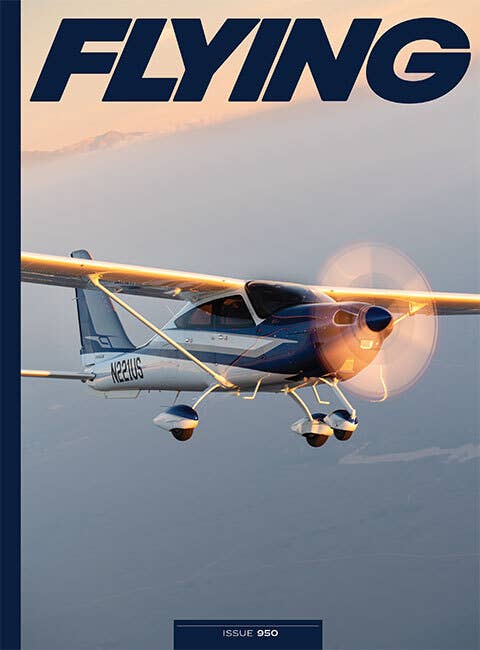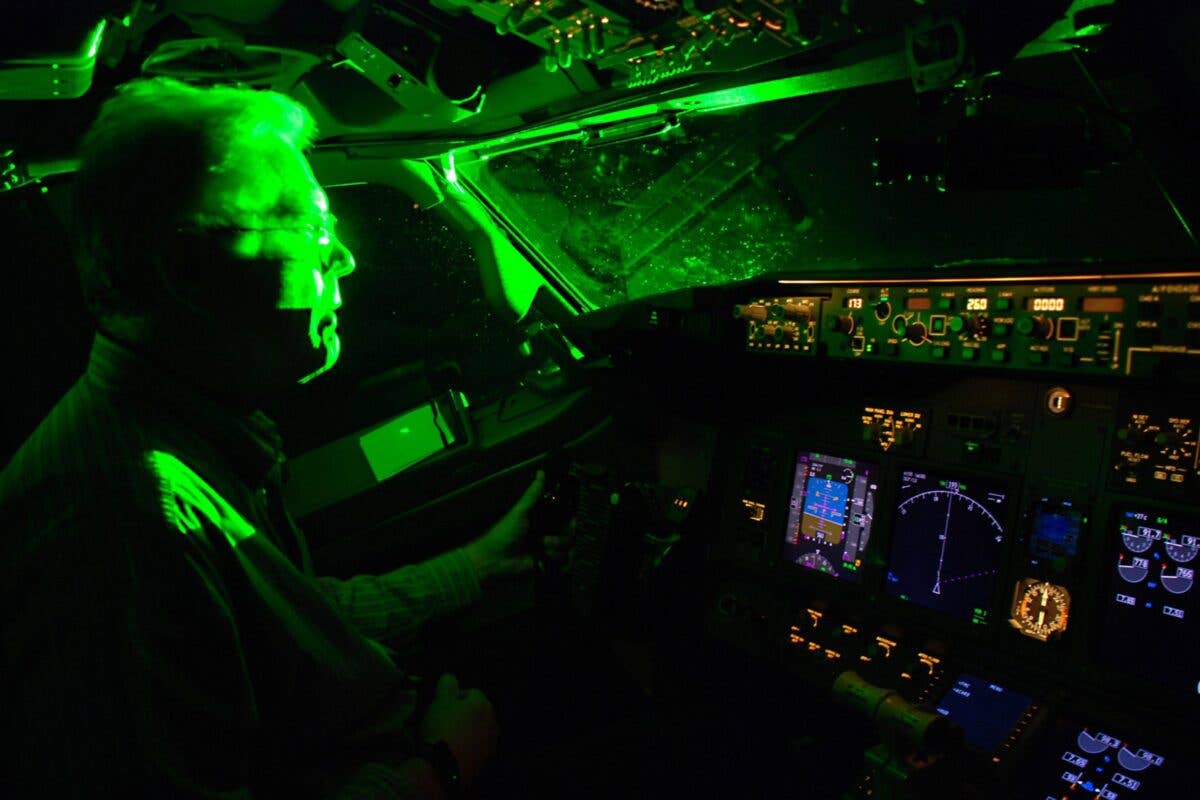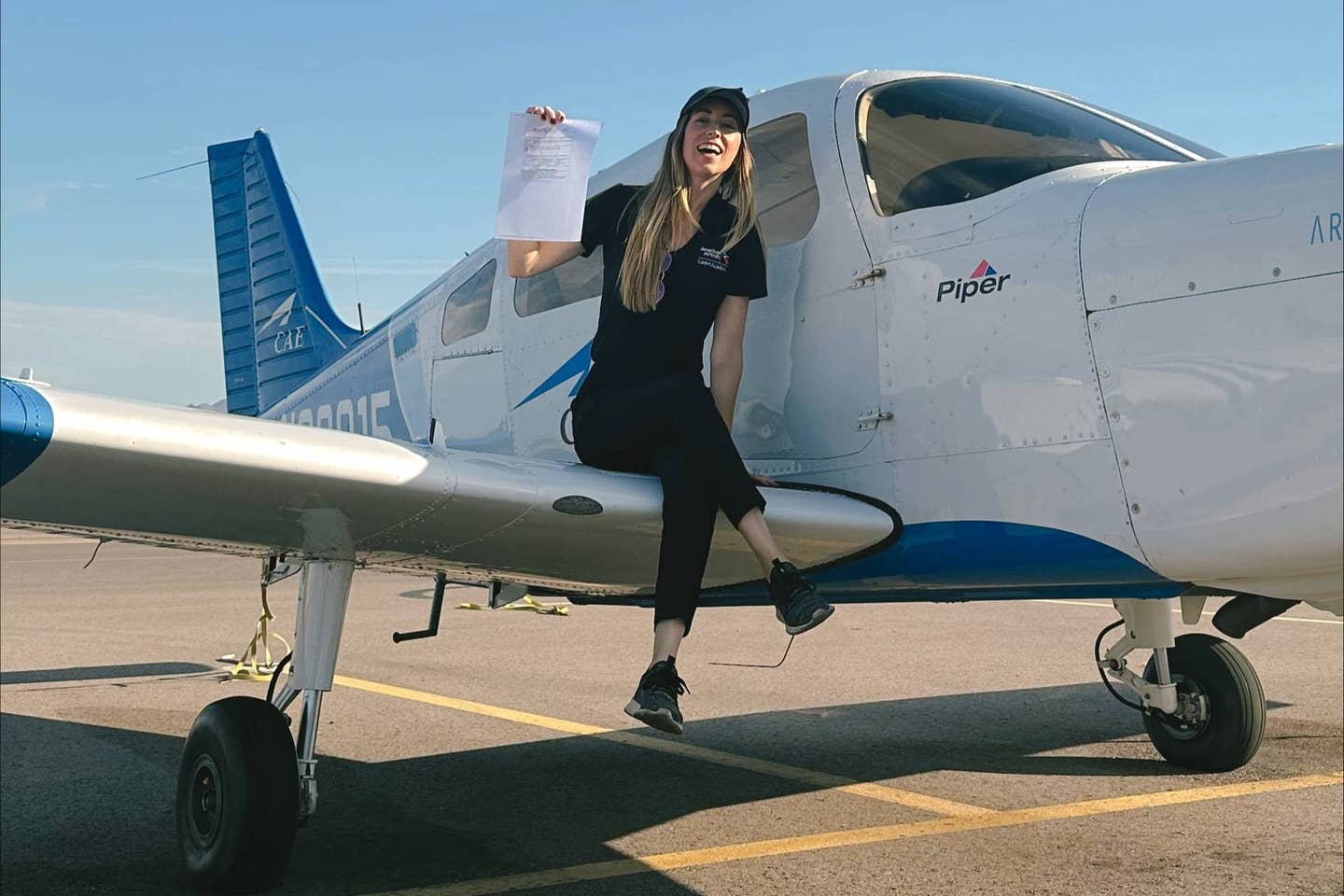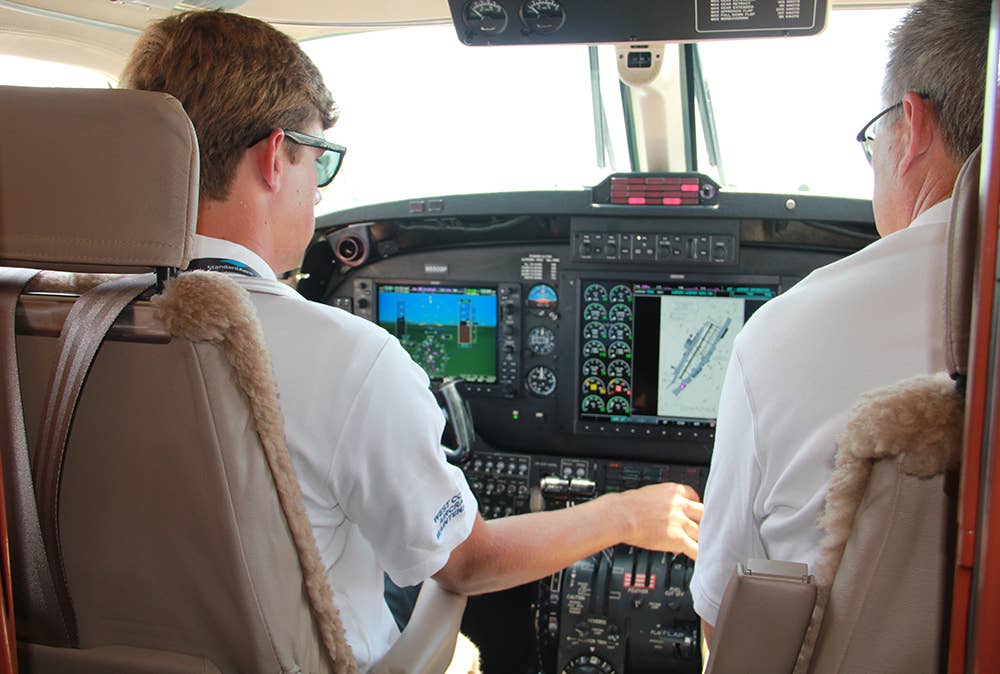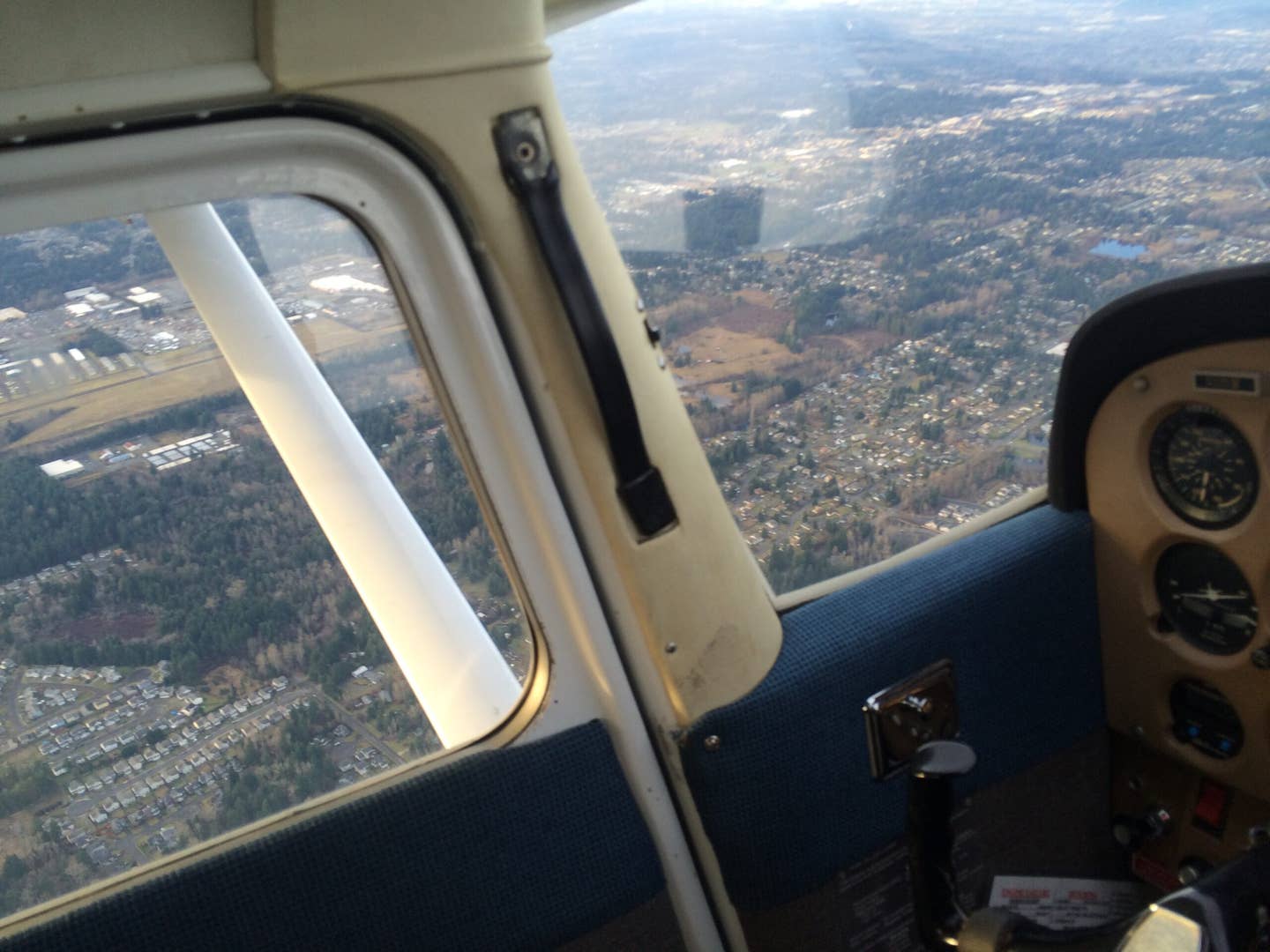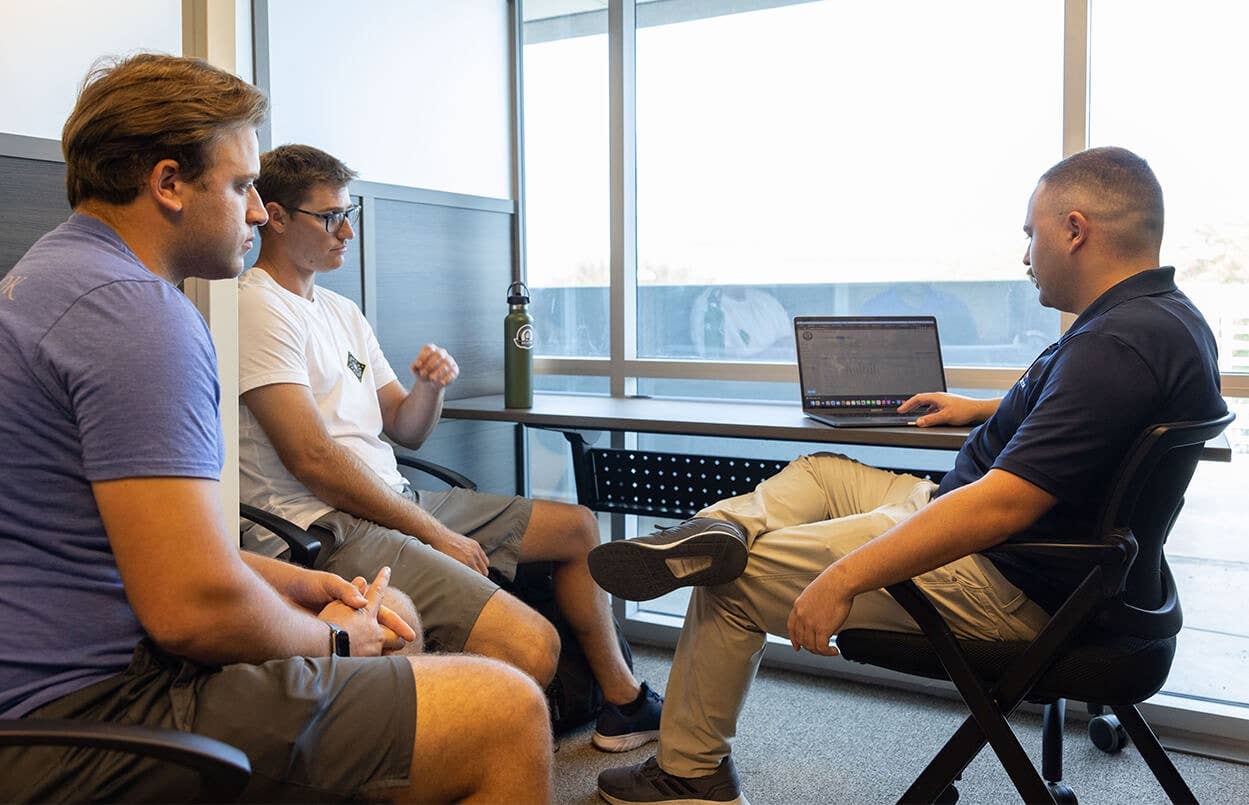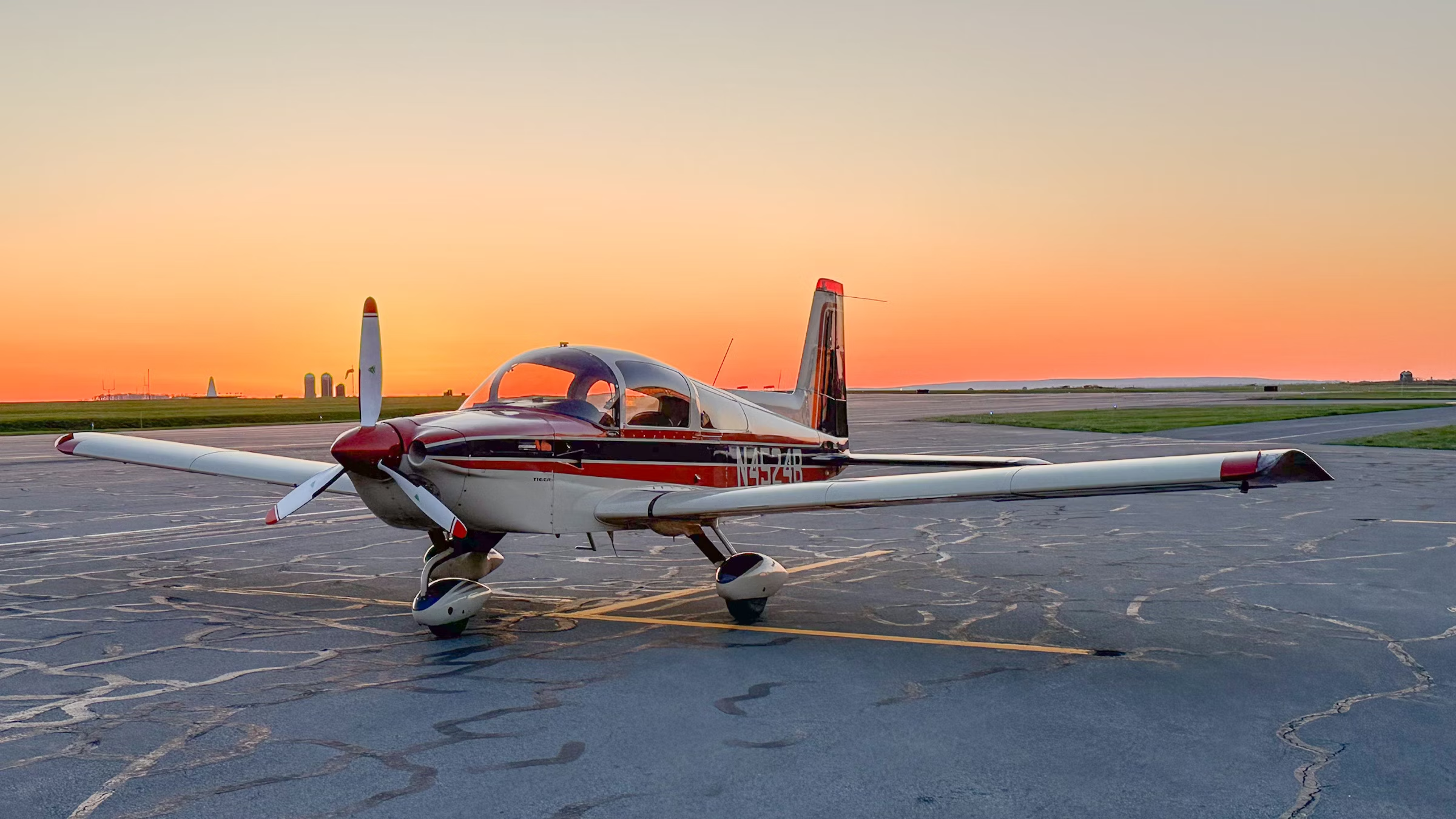Legacy Aviation’s New Best Friend
UP.Summit features outlandish designs alongside traditional aircraft.
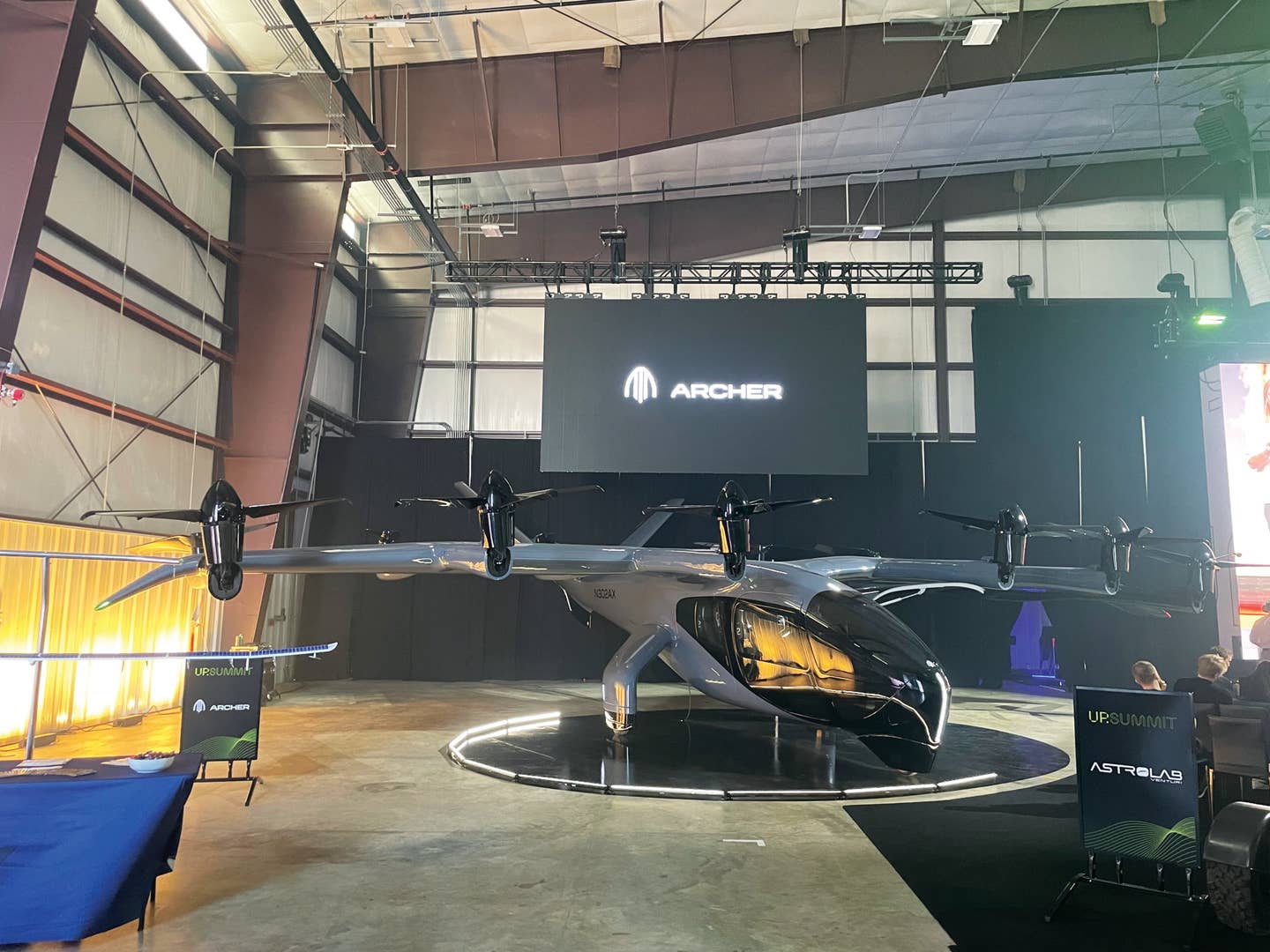
Archer Aviation’s Midnight eVTOL air taxi sits on display at the 2024 UP.Summit. [Courtesy: Jack Daleo]
Spaceships, jetpacks, electric, hydrogen, vertical takeoff and landing (VTOL) vehicles, and more fantastical aircraft took center stage at the UP.Summit in October, hosted by Walmart moguls the Walton family.
The annual gathering—which alternates between Bentonville, Arkansas, and Dallas—brought together some 300 movers and shakers in the transportation industry, including manufacturers of the outlandish.
If you're not already a subscriber, what are you waiting for? Subscribe today to get the issue as soon as it is released in either Print or Digital formats.
Subscribe NowJohn Kuolt, founder and CEO of UP.Labs, told FLYING in Arkansas this new generation of designs, commonly referred to by the umbrella term Advanced Air Mobility (AAM), won’t take conventional aircraft out of the picture. Rather, he said, it has the potential to breathe new life into aviation, particularly on the GA side.
“From an energy density perspective, there’s nothing even close to fossil fuel. So it’s going to be a long time, if ever, before electric aircraft start imposing on that,” said Kuolt. “There are sustainable fuel options, other options that are out there, that are looking promising for the industry. But I would say this is all just complementary.”
UP.Labs is the venture lab of UP.Partners, which organizes UP.Summit and invests in aviation startups such as Beta Technologies—a developer of conventional and VTOL electric aircraft—through its UP.Ventures arm. UP.Labs, however, is not a typical incubator.
“There’s no good way to incentivize founders and entrepreneurs to work with large companies,” said Katelyn Foley, president of UP.Labs. “And so the UP.Labs model is bringing those two parties together in a way that’s incentive-aligned.”
For any given mobility vertical, such as aviation, UP.Labs works with one partner at a time to create as many as six portfolio companies.
Current partner Alaska Airlines, for instance, in October unveiled Odysee, a startup that uses artificial intelligence (AI) to optimize airline scheduling. The goal is to work with airlines to build technology they can deploy within 12 months. Later, it will become “free-living,” Kuolt said.
“What we really care about is, what problem are we solving for Alaska?” said Kuolt. “We need to make sure that that’s an industry problem that every airline in the world has. Once we do that, we launch with Alaska. First, we serve them as our customer, and then these companies will roll out to the entire industry.”
Added Foley: “Every single one of these [startups] has a bigger vision. But we’re funding that vision all the way through in a very cost effective, nearly profitable manner, by solving a problem the airline has today instead of waiting five years.”
Of course, accompanying these new technologies will be new aircraft. Archer Aviation’s Midnight eVTOL air taxi, Regent Craft’s electric seaglider, and JetZero’s blended-wing body design were just a few on display at UP.Summit.
- READ MORE: Here Comes That Hydrogen Power
But the event, which took place at Bentonville Municipal Airport (KVBT), also featured plenty of legacy aircraft. Attendees, many of whom were pilots, also had the opportunity to fly in.
“[Traditional aviation will] always be there,” said Kuolt. “But I think what AAM is going to do is…keep airports open.”
Kuolt believes AAM aircraft will revitalize smaller airfields by adding cheap volume—something that has eluded existing airlines due to the unit economics of conventional aircraft. That in turn could keep airports open for existing GA aircraft and pilots.
UP.Ventures funding recipient Beta, for example, in 2022 built a network of electric charging stations spanning Plattsburgh International Airport (KPBG) in New York to Bentonville. According to Kuolt, it cost Beta 18 cents per leg to fly the route using its eVTOL Alia. And as electric aircraft technology improves, he said, AAM designs will produce less noise.
AAM has the potential to jump-start more than just airports.
VTOL or short takeoff and landing (STOL) models, such as Electra’s EL-2 Goldfinch, will be able to land and charge in city centers. For example, Kuolt said he might one day be able to fly Pivotal’s Helix VTOL from Santa Monica Airport (KSMO) in California to a vertiport—essentially, a heliport for electric aircraft—at Los Angeles’ Manhattan Beach.
“It’s going to not only light up the airports, but you’re going to have other infrastructure that’ll start feeding in,” he said.
UP.Labs is already demonstrating the impact AAM could have. The company stations its offices on airfields, allowing employees to fly door-to-door between Santa Monica Airport in the heart of Los Angeles and San Carlos Airport (KSQL) in the thick of California’s Silicon Valley.
Santa Monica houses UP.Ventures, UP.Labs, and one of its portfolio companies. Hangar Seven, where UP.Labs is located, typically contains a Bell 505 helicopter and GB1 Gamebird but also rotates in AAM designs such as Joby Aviation’s VTOL air taxi.
“I didn’t even hear this thing come up on me,” Kuolt said of the electric design. “You know when a Tesla goes by you and you get freaked out? That’s what happened to me with an airplane.”
In addition to hosting meetings and events, UP.Labs uses the hangar to hold press conferences and flight demonstrations for its partners and portfolio companies. At the same time, VTOL manufacturers Archer and Joby are partnering with Atlantic Aviation to electrify its Los Angeles-area FBO terminals, including, potentially, Santa Monica.
“There’s not enough volume to build big commercial businesses around the general aviation community. And you’ve seen people try and fail over and over again,” said Kuolt. “What’s nice about this model is this is something that we can commercially own—really cool startups on general aviation airports—and then the general aviation community will be able to eat and partake in these technologies.
“Each one of the businesses will have an application in general aviation in the future. So I think this is all stuff that’s going to benefit pilots.”
The Santa Monica City Council last year voted to shut down Santa Monica Airport by the end of 2028, citing noise and pollution as factors. Kuolt, however, believes AAM aircraft can address those concerns and keep the airfield humming long beyond the end of the decade.
“There’s a huge vision and plan to revive these airports like Santa Monica with communities, schools, training, and so you can build a whole community around [AAM],” he said. “This is going to revive and restimulate the GA airports, which are all falling apart right now.”
This feature first appeared in the December Issue 953 of the FLYING print edition.

Sign-up for newsletters & special offers!
Get the latest FLYING stories & special offers delivered directly to your inbox

